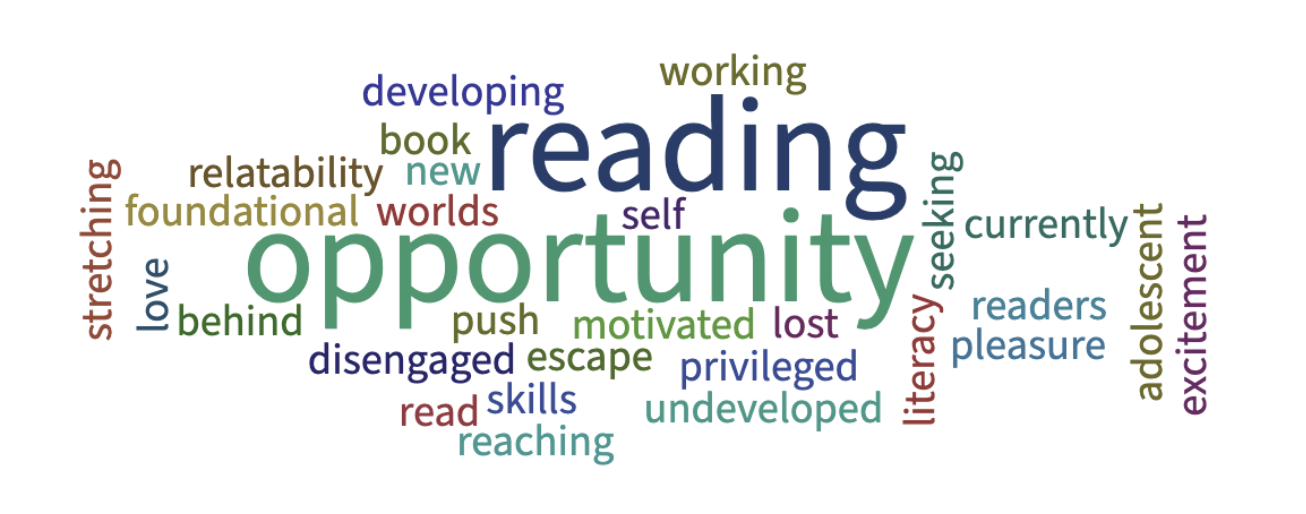
What comes to mind when you think about adolescent readers? When describing stages of literacy development, seminal reading researcher Jeanne Chall (1921-1999) described early stages of literacy development as a time of “learning to read” and later stages of development as “reading to learn” (1983). The designations have proved helpful for many in thinking about the spectrum of literacy development but are all adolescent readers really “reading to learn”?
Today, we know that many adolescent learners may enter middle and high school ready to tackle more complex texts and apply their growing literacy skills in new ways but there are also students who require foundational “learning to read” literacy skills. As students head into middle and high school, they are asked to apply their developing literacy skills in new disciplines, contexts, and text genres. Even if they’ve mastered the basics in the first few years of school, students still need guidance in how to make sense of the varied and increasingly difficult materials they encounter in science, history, math, English, and other subject-area classes that comprise the middle and high school curriculum. Students also need to learn how to write clear, compelling texts of their own, and how to communicate effectively for different audiences, using all sorts of tools.
It is both daunting and exciting to consider the breadth of adolescent readers’ strengths and areas of support as their literacy skills continue to develop through out their adolescent years. Yet, one thing is clear. Literacy instruction remains every bit as important in middle school and high school as it is in the elementary grades.

